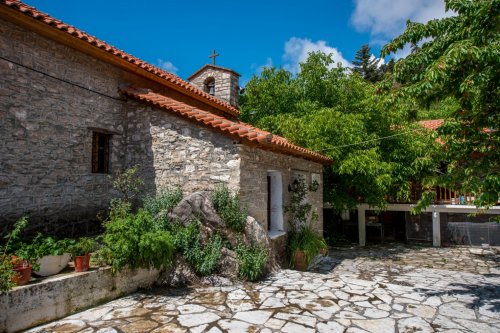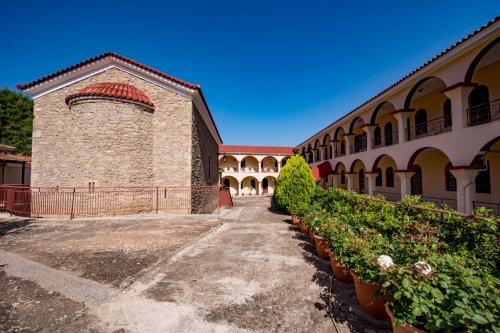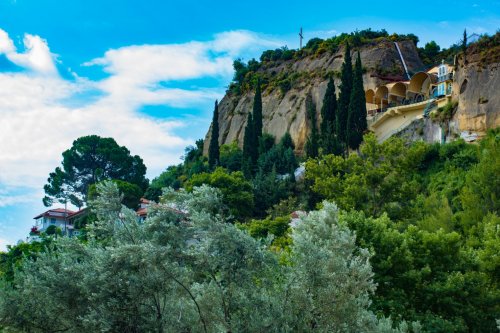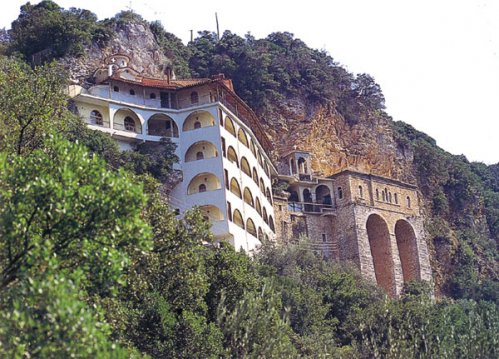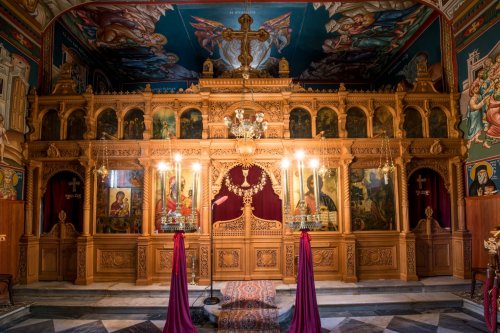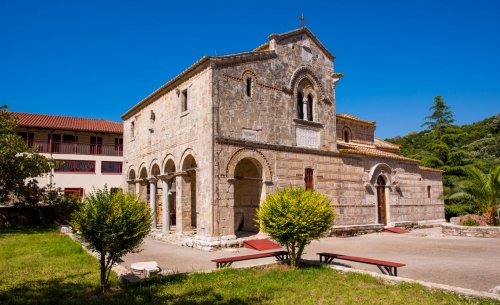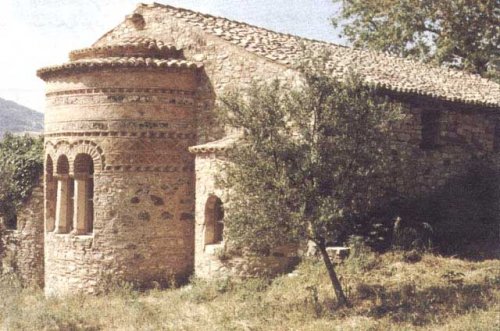Religious trip to Ilia
Ilia
Elis possesses a rare treasure of monuments that record the important history and the architectural tradition of the area.
These important centres of Orthodox Christianity that are scattered in the plain and the mountains of this land helped to preserve, in spite of Latin and Turkish occupations, Greek tradition, education and faith.
At an idyllic landscape next to the outfalls of the river Iardanos and the deep blue beach of Skafidia, dominates the monastery with the same name, dedicated to the Dormition of the Virgin.
Regarding its name there are various stories, which relate it to ancient Pheia, with the morphology of its location, which resembles a trough (skafidi in Greek), with the local manufacturers of troughs or with the discovering of the now lost icon of the Virgin Mary in a trough in the sea.
Approximately on kilometer east of New Figaleia or Zourtsa, at the area of the cemetery of the settlement, is the church of the Dormition of the Virgin Mary, also known as the “Monastery”.
At the edge of the city of Gastouni is one of the oldest monuments of Elis, the church of Panagia Katholiki which is dedicated to the Dormition of Virgin Mary. Its name probably comes from the fact that it was the central church of Gastgouni, which was the greatest residential centre in Elis and the seat of a bishopric.
At the beautiful gorge, filled with pine trees, between the villages of Lanthi and Labeti, on the steep rock with the enchanting view to the forest of Foloi and the mountain Erymanthos, is the impressive monastery of Panagia Kremasti.
At the village Kato Panagia, near Kyllini, in a wonderful valley with the very old olive trees, is the historical Monastery of the Nativity of the Virgin Mary, which was named Monastery of Panagia of Vlachernas, in memory of the famous monastery with this name in Constantinople.
Somewhat lower than the acropolis of ancient Alipheira, built in the steep rock over the river Triton, emerges the impressive Monastery of the Dormition of the Virgin Mary, known as Monastery of Sepetos.
Regarding the origin of the name, various views have been proposed, from a Greek word meaning “venerable”, or from a Serbian word meaning “waterfall” or from a Greek phrase meaning “I throw you from a cliff”, which is related to local legend, according to which a mother threw her child from the rock and the child was not killed.
North of the village Vounargos, approximately in the middle of the road between Pirgos and Amaliada, is the historic church dedicated to Agios Nikolaos, known as Monastery of Frankopidimatos.
Its name comes from the tradition that during the period of the Latin Occupation a Frank knight jumped with his horse from the rock to avoid being captured by the Saracens and he was saved by invoking the name of Agios Nikolaos.
Somewhat higher than the picturesque village of Divri or Lampeia of mountainous Elis, near the borders with Achaea, surrounded by the dense forest with the fir trees and the running waters, is one of the most important post Byzantine monasteries of the area, Upper Monastery or the Monastery of Zoodochos Pigi (Life Giving Spring) or Chrysopigi.
Guarantee crystal clear green waters
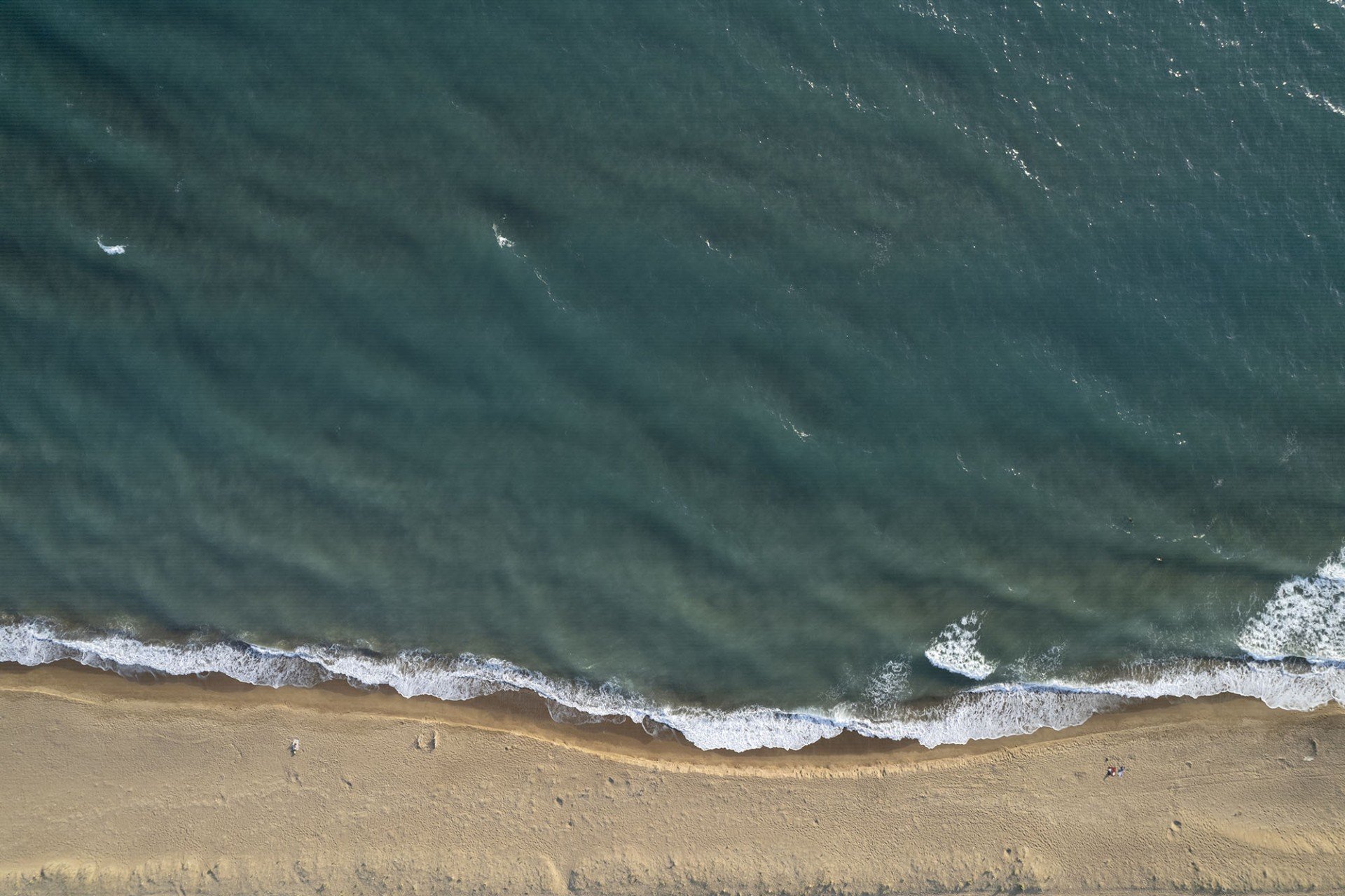
Ilia is famous for many things, but the most well-known is the beaches. Across the Kaiafas Lake there is one of the most beautiful beaches in the country, looking like it came straight out of a painting.
The beaches of Ilia have wonderful corners to enjoy the sun and the sea

Religious monuments

